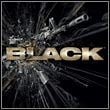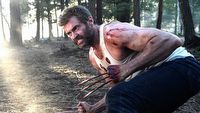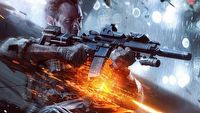This Shooter Still Impresses with Its Awe-Inspiring Graphics. Black from Criterion Games Remains a Tasty Treat
Rarely do specialists in spectacular racing venture into the field of shooters. Criterion Games team and its Black is proof that such a breakneck venture can be a recipe for success.
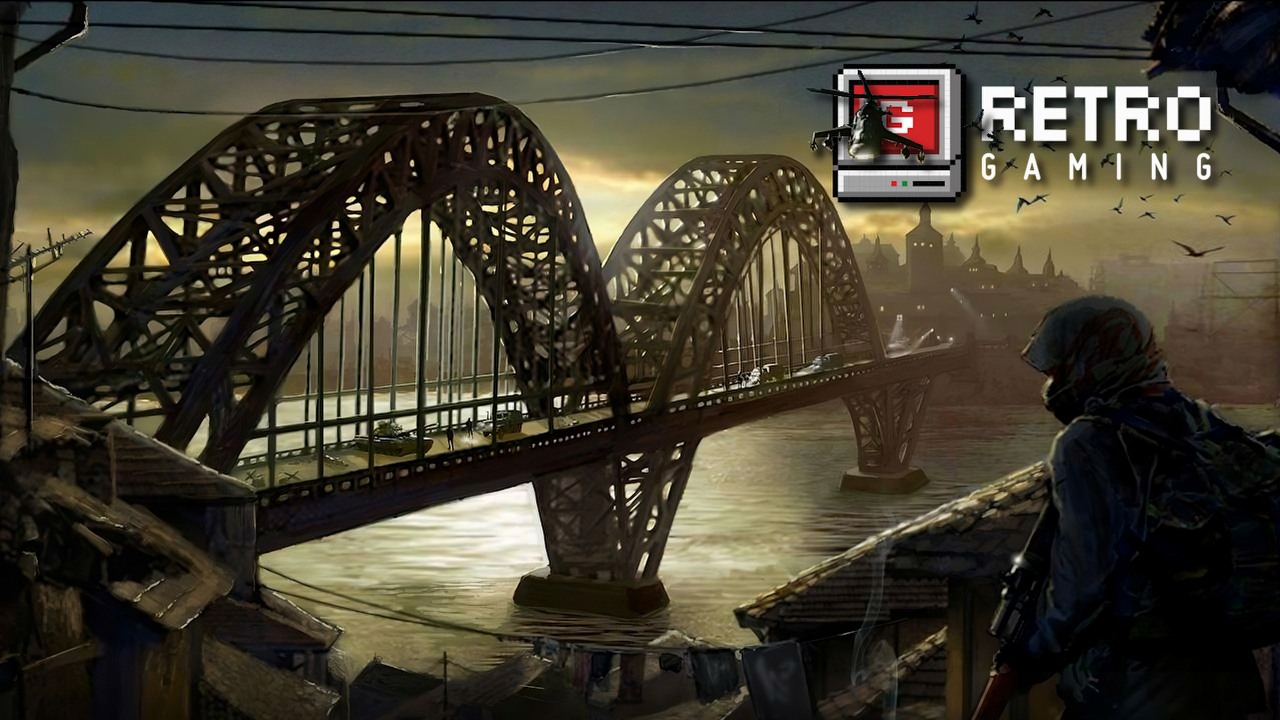
Criterion Games has gone down in the history of gaming thanks to its racing games, including the cult Burnout series. However, in 2006, developers from Guildford tackled the FPS genre and developed a game that wowed with its graphics and delighted with its spectacular gameplay, pushing the limits of the PlayStation 2 and the original Xbox. Let's check how Black looks like from today's perspective.
Uncompromising chaos
Black was a pure shooter that put spectacular firefights on a pedestal. Though the variety of gameplay suffered, in practice this approach allowed the developers to immediately immerse us in the action and keep us engaged until the end, with brief pauses for slower moments. The game consisted of 8 missions, during which we went to cities ruined by war, but also to an enemy base located in the forest.
The devs gave us goals to achieve at each stage, but in reality, their implementation was just a formality, and the entire game was about eliminating waves of enemies. We blasted them with a wide range of firearms, including an assault rifle, a shotgun, a rocket launcher, and a sniper rifle. Even though the arsenal was extensive, we could only carry two rifles with us at any given moment.
Another thing is that regardless of which murder weapon we chose, we ended up in open-fire exchanges. Searching for features like stealth was pointless here, as most modern FPS games cannot do without it.
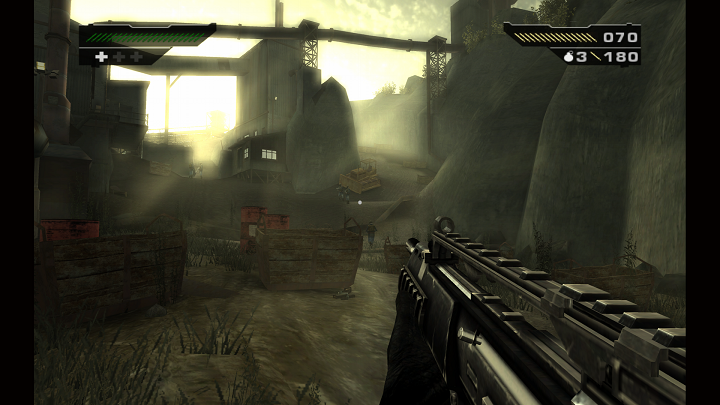
A feast for the eyes
At the time of its premiere, Black was a true visual feast. Criterion Games' game proved that there was still untapped potential in the already "old" PlayStation 2 and Xbox consoles. Considering the limited capabilities of these platforms, what stood out the most were the weapon models, which were designed with great attention to detail. Nevertheless, atmospheric locations, as well as particle effects and lighting, could also be appealing.
The destruction of the environment deserves a separate paragraph, as during the shootouts, plaster was falling, and crates, fragments of walls, and other objects used as cover gradually lost their shape. This was complemented by the ability to blow up selected objects, cause vehicles to explode, or use exploding barrels to one's advantage.
What is left of it today? Well... surprisingly much. More than 18 years after its premiere Black aged well, but not as much as you might think. You can still feast your eyes on the graphics, some locations still look very decent, and the destructible environment can still impress. The most confusing thing is the gameplay itself, which, consisting only of not very sophisticated shootings, differs significantly from what modern FPS games present to us.
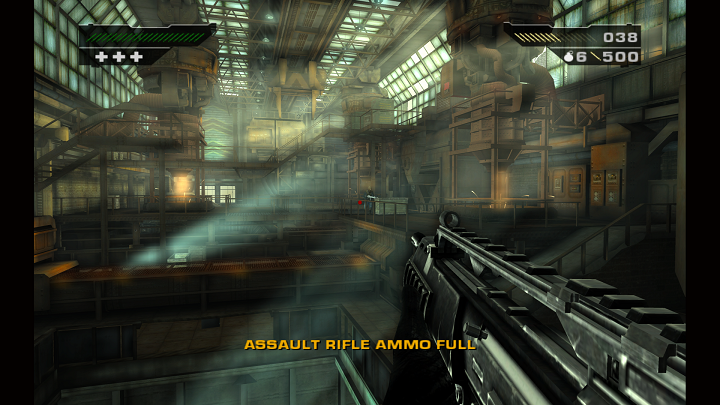
Interactive action movie
Although in Black the gameplay took the lead, pushing the narrative layer into the background, the latter deserves a separate mention. One of the strong points of the game described is not so much the story it tells, but the way it is presented.
The main character is Jack Kellar, a member of the titular anti-terrorist unit. We meet the protagonist when he is in prison, and to regain his freedom, he must "sing" to the man interrogating him details of everything that has happened in his professional life in recent days. Therefore, the next missions are retrospectives in which further pieces of the narrative puzzle are gradually unveiled step by step.
The narrative is communicated through cinematic cutscenes shown between missions, featuring real actors and atmospheric visuals displaying newspaper excerpts or video materials about terrorism.
The difficult life of an anti-terrorist
Black focused on spectacular clashes and was able to pose a challenge even at a low difficulty level. Even though the opponents weren't very intelligent and most often stood still or pushed forward, rarely using cover, they were still able to shoot very accurately. Besides, they acted as effective "bullet sponges," capable of absorbing a whole magazine from a machine gun "in the chest" (fortunately, a sniper rifle took care of most of them with one accurate shot).
The matter was also complicated by the fact that the game didn't allow us to save the game at any time. Instead, the developers used a checkpoint system, which was quite sparsely arranged, so one mistake could result in the need to repeat a sequence lasting even several minutes. Such an approach can feel like unnecessary filler from today's point of view, despite effectively prolonging the gameplay. Ultimately, all this resulted in a game that took about 8 hours to complete.
Was there anything to do in Black after watching the end credits? Well... not really. The extra arsenal and bonus difficulty level were the only motivation to replay the story campaign, designed for true veterans.
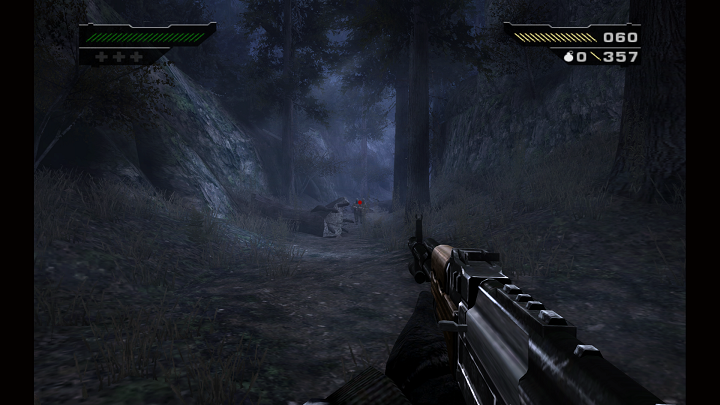
What happened next?
Black made its release accompanied by high praise from industry media and players. Unfortunately, although the ending suggested a sequel, the title hasn't yet had an official successor.
Black's senior designer was Stuart... Black, who in the following years joined the Codemasters studio, where he supervised Bodycount. Before the premiere, players saw it as the spiritual successor to Black, or rather, they wanted to see it that way. However, after its debut, it turned out to be at best "mediocre." Stuart Black himself didn't stay with the project until the end and left the team overseeing it before it was released in stores.
In the following years, the developer joined the ranks of City Interactive (currently - CI Games), where he co-created another FPS, Enemy Front. However, the game didn't become a hit in terms of sales or artistry, and its devs also left during the development process.
How to play Black today?
Black is one of the games that can be played on Xbox One and Series X/S as part of backward compatibility. The title is available on EA Play and Xbox Game Pass subscriptions; it can also be purchased in digital distribution for $9.99.
- There is a surprising story behind one of the more colorful FPSs in history. No One Lives Forever' success was influenced by the „Bond” problem
- Dead Space 4 or a new remake aren't likely to happen, at least not thanks to EA. There is still hope, though
- The end of cases in CS2? Valve's new move suggests a quiet revolution in the game's economy
0

Author: Christian Pieniazek
Started working with Gamepressure.com in August 2016. Although the Game Encyclopedia has been his pride and joy from the beginning, he also writes for the Newsroom and the Editorial section. Gained professional experience through a now-defunct service, in which he worked for almost three years. Graduated in Cultural Studies at the AGH University of Krakow. Runs his own business, jogs, cycles, loves mountain hiking, is a fan of nu metal, is interested in space, and of course, enjoys playing games. Feels best in action games with an open world and RPGs, although won't turn down good racing or shooting games.
Latest News
- End of remote work and 60 hours a week. Demo of Naughty Dog's new game was born amid a crunch atmosphere
- She's the new Lara Croft, but she still lives in fear. Trauma after Perfect Dark changed the actress' approach to the industry
- „A lot has become lost in translation.” Swen Vincke suggests that the scandal surrounding Divinity is a big misunderstanding
- Stuck in development limbo for years, ARK 2 is now planned for 2028
- Few people know about it, but it's an RPG mixing Dark Souls and NieR that has received excellent reviews on Steam, and its first DLC will be released soon
